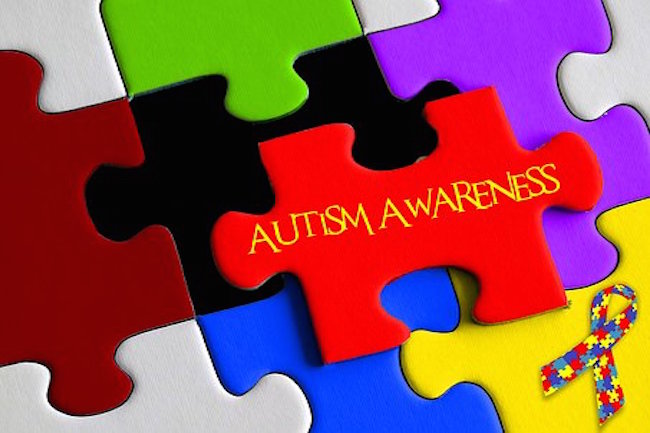New First-of-Its-Kind Autism Diagnostic Test Examines Child’s Exposure to Environmental Toxins by The Defender Staff for Children’s Health Defense
Researchers have developed the first diagnostic test for autism that analyzes environmental exposure history — what researchers call the exposome — to aid in the diagnosis of autism spectrum disorder.
Researchers have developed the first diagnostic test for autism that analyzes environmental exposure history — what researchers call the exposome — to aid in the diagnosis of autism spectrum disorder (ASD).
StrandDx, developed by New York startup LinusBio, uses a single strand of hair to analyze patterns of hair growth that reflect the history of exposure to metals and other toxins associated with autism and how the body metabolizes them over time.
ASD is currently diagnosed through clinically observable behavior patterns in social interaction and communication. Research historically has focused on identifying the genetic components of ASD, however, there is no genetic test for autism.
“This is essentially an environmental exposure assay and not a genetic assay,” Brian Hooker, Ph.D., P.E., Children’s Health Defense chief scientific officer told The Defender. “That is quite an admission, especially in the face of genetic reductionist researchers who dismiss the environment as playing a role in the development of autism.”
James Lyons-Weiler, Ph.D., told The Defender, “The hands-down most important aspect of this study is that children test positive for autism, they are really testing positive for detoxification deficiency.”
Lyons-Weiler, author of “The Genetic and Environmental Causes of Autism,” added:
“That means their body has difficulty processing different environmental toxins. Avoiding those toxins — metals in vaccines, pesticides in food and environment, acetaminophen in childhood, etc. — would therefore help to avoid developing ASD.”
The U.S. Food and Drug Administration (FDA) granted “breakthrough device” designation to the test, which places it into a fast lane through the agency’s regulatory review process.
As ASD rates soar, CDC ignores evidence that environmental factors may be at play
Roughly 1 in 30 — 3.49% — of children and adolescents ages 3 to 17 were diagnosed with ASD in 2020, a 53% increase since 2017.
As autism rates skyrocketed among U.S. children over the past several decades, along with concern among parents, much research has turned to investigating the role of environmental risk factors and the role such factors have in compounding underlying diverse genetic factors.
Environmental risk factors include metals like aluminum and mercury in vaccines, glyphosate exposure, use of acetaminophen during pregnancy and infancy, heavy metals in baby food, and other organic environmental pollutants.
Studies also link industrial chemicals, such as lead, arsenic, copper, selenium, iron and magnesium, to the disorder.
Despite growing evidence that environmental factors may play a role in the development of ASD, the Centers for Disease Control and Prevention (CDC) research through the Autism and Developmental Disabilities Monitoring Network does not investigate environmental exposures as a potential cause.




